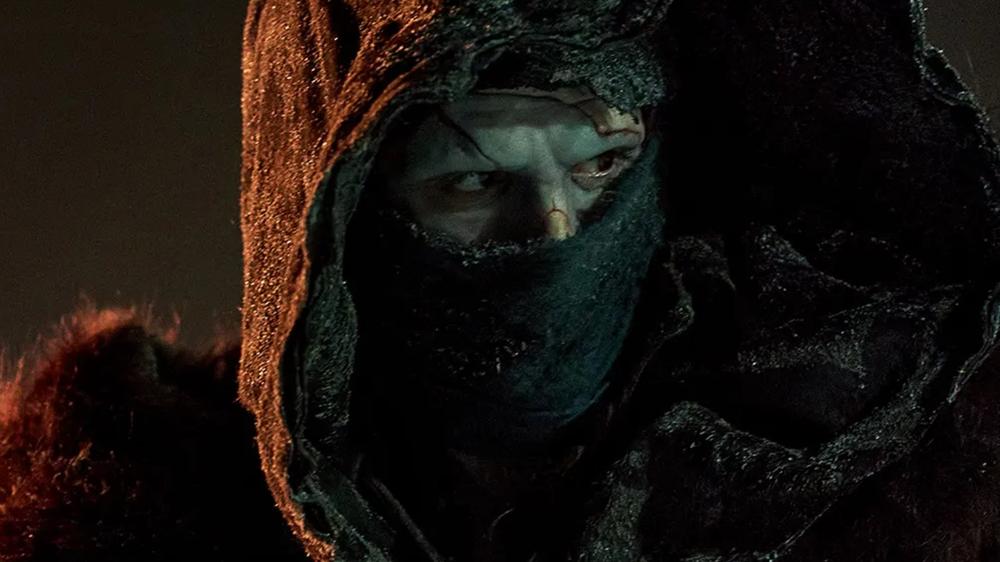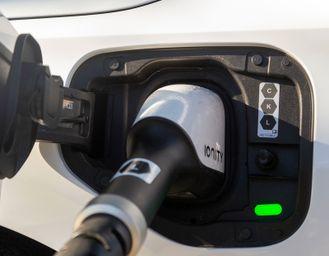Guillermo del Toro’s Frankenstein is a largely faithful adaptation of Mary Shelley’s classic gothic novel, but the writer-director has also added characters and sub-plots in his version of the story.
Guillermo del Toro is a Frankenstein super-fan who loves both the novel and many of its adaptations, while he has used elements of Mary Shelley’s tale in his own works, most notably 2022 stop-motion animation Pinocchio.
Now he’s taken a stab at adapting the book itself, via a big-budget Netflix movie that stars Oscar Isaac, Mia Goth, and Jacob Elordi as the title character.
We wrote in our Frankenstein review that it’s “less a retelling and more a re-imagining of the classic gothic horror,” as del Toro has made major changes to the narrative, the biggest and most fascinating of which are listed below. Meaning SPOILERS ahead…
1. A mother’s death
In the novel, Victor Frankenstein’s mother dies of scarlet fever, and the grief that follows becomes a catalyst for the character’s determination to defeat death.
In the movie, his mother dies giving birth to his brother William, which works thematically, as death during birth is what drives Victor to create his own child in the shape of the Creature.
While it adds a layer of irony to the story, as that Creature then kills William, whose birth inspired his own creation. Thereby bringing the story full circle.
2. The wealthy benefactor
Henrich Harlander (Christoph Waltz) is an entirely new invention for the movie; a wealthy arms dealer who funds Victor’s experiments by building him a laboratory and filling it with wild scientific inventions.
He strikes a bargain with Frankenstein by wanting a favour in return, which isn’t revealed until the eve of the Creature’s birth, when Victor sees that Henrich is suffering from syphilis.
Harlander requests that the scientist puts his brain in the experiment’s body, and when Victor refuses, they come to blows, and Henrich ultimately falls to his death.
3. Creature = Wolverine
In the opening scenes, sailors fire bullets into the Creature, but they have little effect, suggesting he’s an indestructible monster.
Victor clocks this later in the film, when the Creature cuts himself, only for the wound to swiftly disappear, meaning he can self-heal like Wolverine.
This results in the Creature suffering what he considers a “neverending life,” which plays into the tragic ending described below…
4. Freudian fun
Victor’s mother is played by Mia Goth in the movie, while his brother’s fiancé Elizabeth – whom he falls for – is also played by Goth, which adds a Freudian dimension to proceedings.
But those roles are also a major departure, as in the novel, Elizabeth is Victor’s fiancé, whom the Creature murders in a jealous rage.
In the movie, Elizabeth grows to hate Victor, and feels affection for the creature, but before that can be further explored, Victor shoots at his creation, and the bullet hits and kills Elizabeth instead.
That story shift makes the Creature more victim, while further turning Victor into a monster.
5. Bad education
Education – both good and bad – plays out differently in book and film, as in the latter, Victor spends more time with his creation post-birth, and becomes increasingly frustrated that while he grows physically strong, his brain doesn’t develop.
Deciding he’s made a mistake, Victor opts to kill the Creature, in an explosion that his creation survives, but which takes Frankenstein’s own leg.
Turns out, there’s little wrong with the Creature’s brain. In the book, he learns to speak and read by spying on a family teaching a foreigner. In the movie it’s a family teaching their child, but then the blind man – who appears in both – takes the Creature under his wing, and gives him the education he desires.
The Creature blossoms in these scenes, because a kind soul has patience and actually listens to him, qualities that Victor clearly lacks, with ultimately heartbreaking results.
6. Frankenstein ending explained
The ending of both novel and movie are quite similar, but equally carry a very different message.
In the book, Victor chases the Creature to the frozen Arctic with plans to kill him, but ultimately dies from exhaustion and exposure before he can complete that task. Frankenstein sees the error of his ways in advance of his last breath, however, and admits that ambition, pride, and desire for knowledge were his downfall.
The Creature finds him post-death, and also expresses remorse that he allowed hatred, violence, and a thirst for revenge to take hold of his soul, and deepen his pain and anguish. He heads out onto the ice, with plans to build a funeral pyre and burn himself out of existence.
In the movie, the Creature speaks to Victor before his death, and they share a touching moment, during which Victor takes his creation’s hand, calls him son, and tells him to live.
Victor then dies as he does in the book, while the Creature performs one last act of heroism by freeing the sailors and their boat. But being immortal, he can’t die in this version, so heads out onto the ice with a tear in his eye, perhaps for his maker, or maybe because it’s now confirmed that there will be no companion, so his “neverending life” will continue alone.
The film then concludes with a Lord Byron quote which backs up that theme: “And thus the heart will break, but brokenly lives on.”

 Ibride plug-in ed emissioni: non è la tecnologia a tradire, ma l'uso che ne facciamo
Ibride plug-in ed emissioni: non è la tecnologia a tradire, ma l'uso che ne facciamo